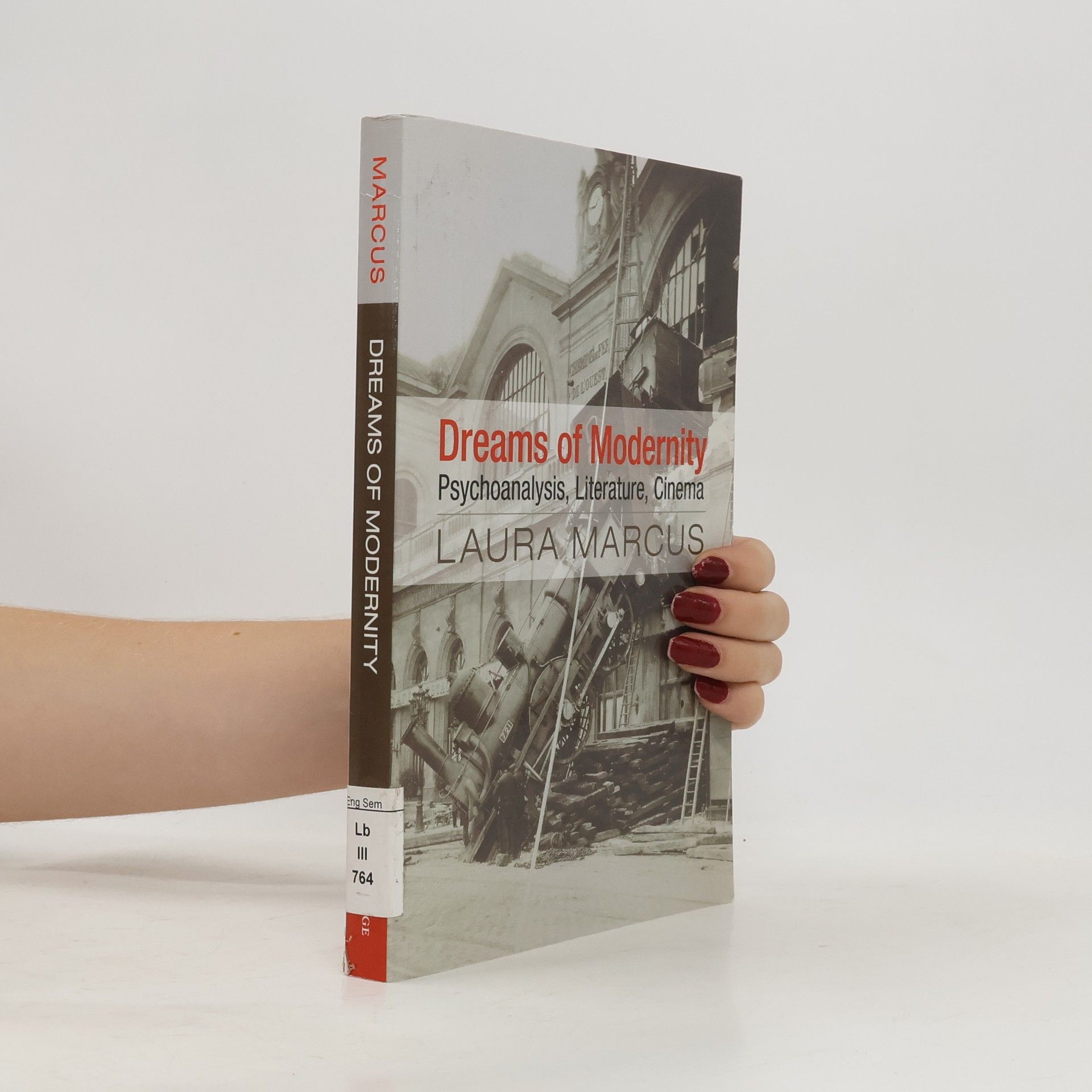Exploring the intersection of modernity and modernism, this work delves into the cultural shifts from 1880 to 1930, highlighting the influence of railways, cinema, psychoanalysis, and detective literature on societal sensibilities. It emphasizes the contributions of modernist women writers like H. D., Dorothy Richardson, and Virginia Woolf, showcasing their creativity. The book examines the early twentieth century as a transitional period, inviting readers to consider how contemporary figures perceived their own modernity.
Laura Marcus Book order

- 2015